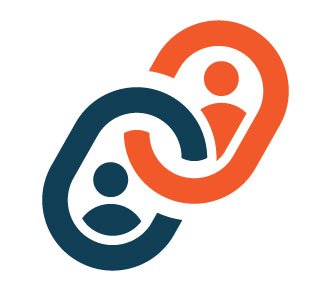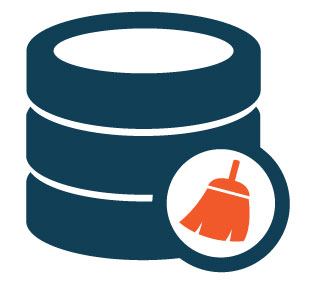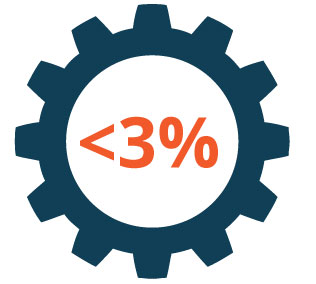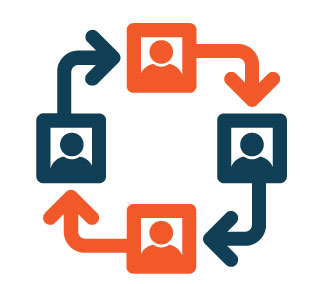Do You Know Your Duplicate Rate? It’s Probably Higher Than You Think.
The typical hospital has an 8–12% patient record duplicate rate1, well over the less than 3% required by EHR providers like Epic. If an EHR conversion is on the horizon, you have to get your duplicate rate under control with an intelligent enterprise patient identity system. After EHR conversion, it’s vital to keep your duplicate rate under 3% to prevent medical errors and to keep your EHR running. Simply counting on your EHR’s built-in EMPI won’t cut it.
The Missing Link to Unified Patient Data
We’ve remediated tens of millions of patient records and counting at leading health systems across the nation.
Prevent Data Disasters
Your health IT roadmap includes interoperability across devices, departments, and databases, but true interoperability and integration can’t be achieved if the data doesn’t match between systems. Get your patient identification data in order before undergoing major interoperability efforts.
Keep Your EMPI Clean
HIM departments often dedicate two or more full-time employees to retroactively find and fix duplicate records manually, which can’t keep pace with the backlog of duplicate records and new issues entering the system daily. Our SmartID Platform™ cleanses your patient index fast and greatly minimizes the creation of new duplicates and the workload to clean them up.
Don’t Let Dirty Patient Data Hold Up Your Health IT Upgrades
Achieve the less than 3% duplicate rate required for EHR conversions without dedicating your internal resources. An enterprise EMPI also preserves your investments in existing health IT infrastructure, ensuring each disparate system serves accurate patient medical records, enabling a consistent and comprehensive medical record for all patients.
Employ the Most Sophisticated Algorithm
With a sophisticated set of weights, matching thresholds, and variables to account for misspellings, transposed characters, and other sources of data quality errors, our probabilistic algorithm is much more accurate at identifying the correct patient than pure deterministic or weighted deterministic algorithms that perform character match on specified attributes.
1 AHIMA, Why Patient Matching is a Challenge: Research on Master Patient Index (MPI) Data Discrepancies in Key Identifying Fields, 2016










